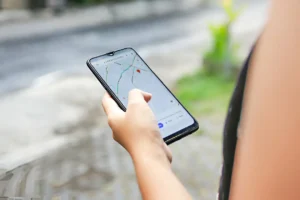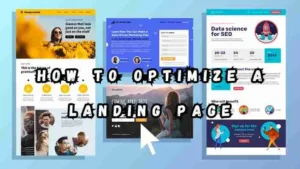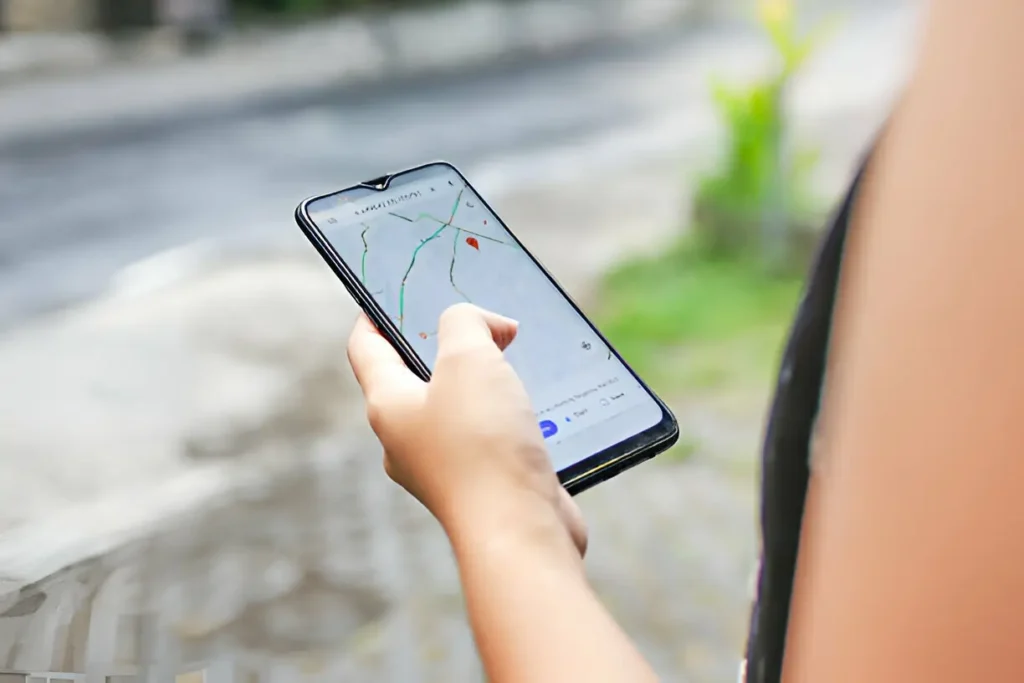
What Is Geofencing Marketing
It’s a great brand and service. Your search and content marketing campaigns are killer. Your business isn’t growing because you’re not looking outside your own digital backyard, so to speak. With geofencing marketing, you can define your backyard (and reach the right people at the right time) by sending relevant targeted ads.
What Is Geofencing Marketing?
Advertisers can reach potential customers where they are, literally, with geofencing marketing, also called geofencing or geo-fencing. It combines the digital and real worlds.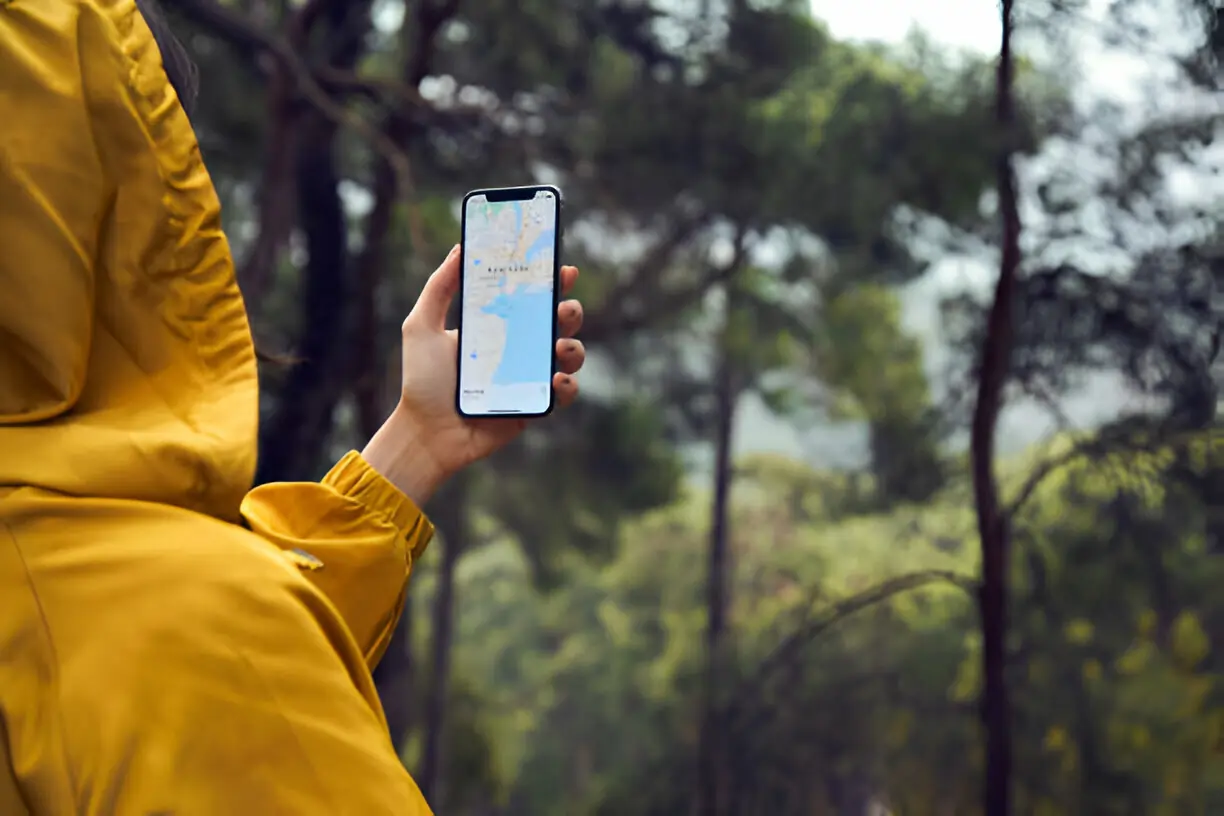
Mobile devices with location-enabled mobile apps can send data to marketers and advertisers (GPS, WiFi, IP address, etc.). Geofencing marketing works by creating a virtual boundary around a specific geographic area in the real world. These data can then be used by marketers to set up ads to only appear to potential customers who have visited this geofenced area before, show interest in this area, or are physically within it (the last of which requires real-time app permission tracking).
A mobile user searching for a target query, such as “restaurants near me,” may trigger an activity when these boundaries are crossed, such as sending push notifications or displaying ads.
Geofencing Example 1
Suppose you own a restaurant (yummy) in a bustling downtown neighborhood that’s close to several popular locations. Geofencing can be done differently depending on the ad platform you use, and it can include not just your restaurant, but also nearby locations, like a park where people will get hungry. You can then target people who are physically near your establishment during peak dinner hours with mobile ads once you have set up this geofence.
This example still involves you as the owner of a restaurant, but you now have a rival taking customers away from you. If you’re feeling mischievous, you can put a geofence around your rival’s location to prevent him from stealing your customers. By offering coupons for your business, you can divert people from your competitor’s store to your own.
What Is Geotargeting? And How Does It Differ From Geofencing?
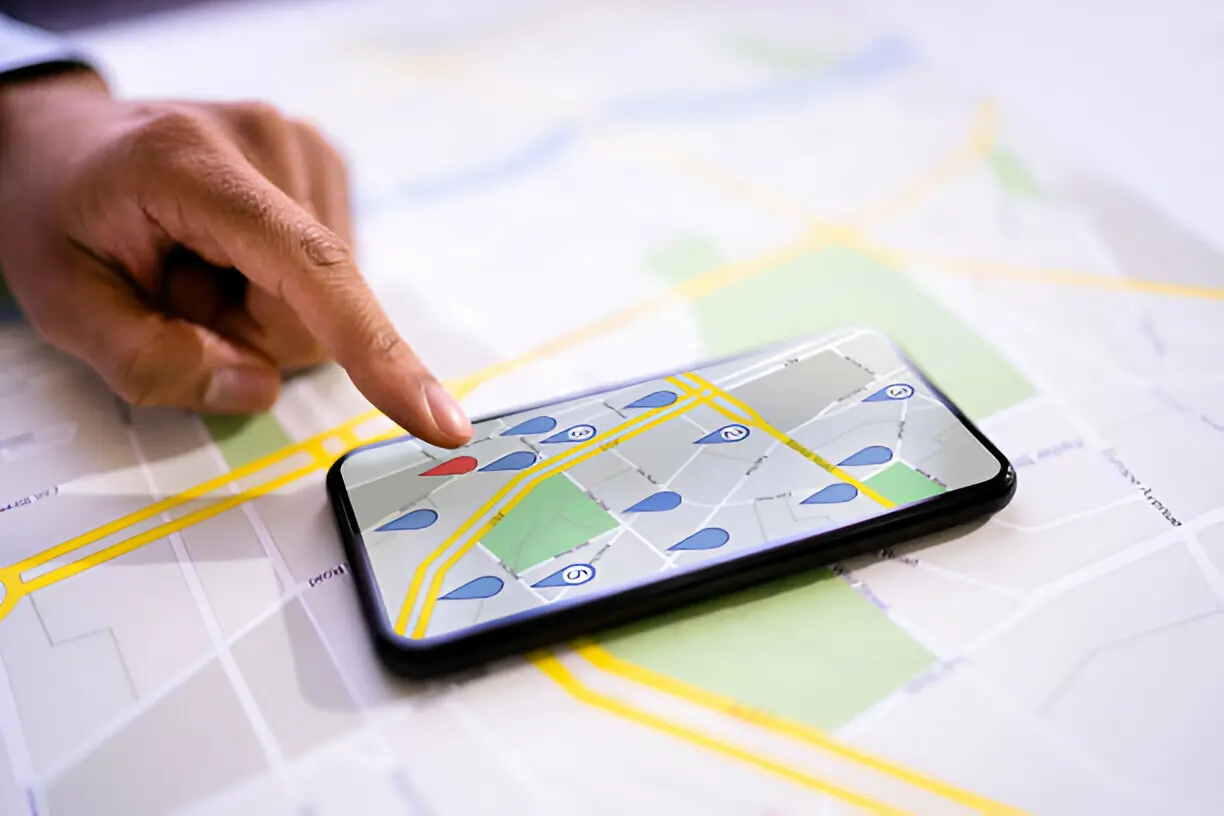
A geotargeting campaign focuses on advertising based on specific location data, while a geofencing campaign focuses on targeting specific location data. This is another form of location-based audience targeting. By combining demographic metrics with specific location data, geotargeting can refine an ad campaign’s target audience further. A geotargeting campaign provides advertisers with the capability of creating audiences using more than just physical location, such as age, gender, and shopping habits.
As an owner of a boutique that stocks women’s clothes and accessories, you may want to set up a geofence around your store to keep out unwanted visitors. In addition to this, you run a comprehensive geotargeting campaign so that not only are your ads reaching people in that barrier, but also women between the ages of 18 and 35.
What Are The Benefits Of Geofencing Marketing And Geotargeting?
Don’t let your doubts about geofencing and geo targeting keep you from implementing this technology into your digital marketing strategies. Here are just a few advantages of location-targeting:
- Local customers became more aware of the brand
- Campaigns designed to enhance retargeting
- An increase in conversions and click-throughs
- Spending on advertising was reduced
- Calls to action, landing pages, and ads that are more personalized
- For businesses in high traffic areas, this can increase walk-ins
Advertising with location data is not limited to businesses of a certain size. Any company can benefit from location-targeting technology.
For example, businesses that offer location-based services, such as mom-and-pop restaurants and non-chain retail stores, cannot sell goods to customers across state lines. It makes sense to add location-based parameters to their online advertising campaigns for these businesses. They won’t be wasting ad dollars on them.
A large business can also benefit from geo targeting and geofencing technology. These businesses can target people differently according to their location. The performance of an advertisement in Toronto may differ greatly from that of an advertisement in London. These companies can tailor their messaging to the unique needs and wants of consumers by running different campaigns with different copy and imagery. Conversion rates can be boosted by these customized ads, which offer greater personalization and relevance.
How To Set Up Location Targeting In Google Ads
Depending on the type of campaign you intend to run, geofences can be as broad or as specific as you please.
Adding a country-wide perimeter to your Google Ads campaign is as easy as following these steps:
- You can access your Google Ads account by going to your Google Ads account.
- “Campaigns” will appear.
- Then select “Campaigns” from the left-hand sidebar menu.
- Choosing “Campaigns” will lead you to “Ad Groups” and “Ads.” Click “Campaigns.”
- You can change the settings by selecting “Settings.”
- Your campaign will target one or more countries, depending on the location you choose.
- You can now save your work.
A large number of companies conduct local, smaller campaigns. By setting up location targeting for smaller municipalities within a country (such as a state or city in the United States), businesses can even create custom geofences for as small as a mile radius.
Adding Geofencing Ads To Your Digital Marketing Strategy
There is no way around it: geofencing is an incredibly important marketing tool in the age of online and mobile marketing. It allows for enhanced ad targeting in a way that other marketing tools can’t easily replicate. When you need help with geofencing marketing campaigns, don’t leave it up to chance or guesswork. Contact the experts who have years of experience helping clients with geofencing advertising (and SEO, and social media advertising, and much, much more).
Frequently Asked Questions
Here are the answers to FAQs:
What is an example of geofencing?
An example of geofencing is a retail store that sets up a virtual perimeter around its physical location. When a customer with the store’s app installed on their smartphone enters this perimeter, they receive a notification with a special offer or discount. For instance, a coffee shop might send a push notification for a free coffee to anyone who comes within 500 meters of the shop.
How does geofencing work?
Geofencing works by using GPS, RFID, Wi-Fi, or cellular data to create a virtual boundary around a specific location. When a device enters or exits this boundary, it triggers a pre-set action, such as sending a notification or alert. This is done through software that interacts with the device’s location services, enabling businesses to deliver location-based services or messages to users within the defined area.
Is geofencing marketing effective?
Geofencing marketing can be very effective when used correctly. It allows businesses to target customers with relevant offers and information based on their location, which can lead to higher engagement and conversion rates. Studies have shown that location-based marketing can result in better customer responses and increased foot traffic to stores. However, its effectiveness depends on factors such as the accuracy of the geofence, the relevance of the messages, and user privacy considerations.
Is geofencing marketing legal?
Geofencing marketing is generally legal, but it must comply with privacy laws and regulations, such as the General Data Protection Regulation (GDPR) in Europe or the California Consumer Privacy Act (CCPA) in the United States. Businesses must ensure they have user consent to collect location data and must be transparent about how this data is used. Failure to comply with these regulations can result in legal consequences and damage to the business’s reputation.
